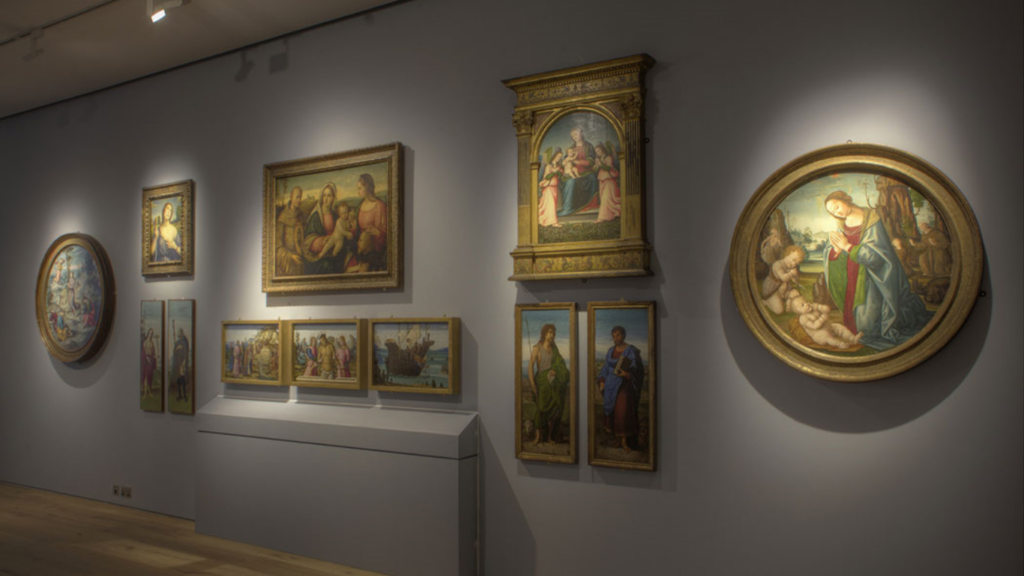As the world of alternative investments evolves, a new wave of platforms is making what was once the preserve of ultra-wealthy collectors available to everyday investors. From works by Banksy and vintage wine cellars to rare toys and classic cars, fractional ownership and tokenisation are rewriting the rules of the collectible market.
Democratizing access to culture-assets
Traditionally, owning a piece of high-end art, vintage wine or historical memorabilia meant millions of dollars and private auctions. But platforms now allow shares in these assets — sometimes for as little as $10-$100. For example, through firms like Rally people can buy shares in iconic collectibles such as designer handbags, sports cards or even legendary cars.
Similarly, the trend toward fractional art investing has created a “new investor class” that is younger, digital-native and less capital-rich than the traditional collector.
Fractional + Digital = Tokenised Collectibles
What makes this shift especially relevant for crypto-focused readers is how tokenisation and blockchain technology underpin many of these platforms. Works once locked in vaults are broken into tradable units; some platforms even issue tokens or digital shares tied to physical assets. For example, fractional art platforms are increasingly using smart contracts and tokenised interests to give each “share” a provable stake in a masterpiece.
This parallels the rise of NFTs (non-fungible tokens) but with physical assets as the underlying value. So not only can one own a slice of a Banksy or a fine Bordeaux vintage, one might also hold a token that represents that slice.
More than just art: bottles, cars, toys and pop culture
The shift isn’t limited to paintings. Platforms now span fine wines, luxury watches, rare toys, memorabilia and even classic automobiles. For instance, investment platforms dealing in collectible cars or luxury items list assets, manage storage and insurance, and provide secondary trading of shares.
These “real-world assets” (RWAs) are increasingly being bridged with the digital world — tokenised shares, blockchain ledger for provenance, and marketplaces where fractions trade like securities.
Why it matters for crypto and digital-collectible watchers
- Diversification: Collectible platforms offer a hedge outside stocks/crypto, yet still benefit from the same token-and-trading mindset.
- Tokenisation synergy: As NFTs evolve beyond purely digital art, the model of “token = share in a real-world asset” blurs the line between crypto assets and collectibles.
- Liquidity & accessibility: Fractional models lower entry barriers and often provide secondary markets where shares can trade, making illiquid collectibles more fluid.
- Cultural resonance: Millennials and Gen-Z have grown up in the digital-asset era; their familiarity with tokens, marketplaces and meaning driven by pop-culture gives added fuel to this shift.
Key caveats and what to watch
- Illiquidity & risk: Even fractional shares in collectibles may be harder to sell than stocks or mainstream crypto. Returns are not guaranteed.
- Fees & transparency: Storage, insurance, management fees and platform costs can erode returns. Some platforms may lack full transparency.
- Token vs real ownership: Holding a token in a shared asset is not the same as owning the physical item outright; rights vary.
- Regulatory ambiguity: Some jurisdictions treat fractionalised assets, tokenised securities or RWAs in collectibles under securities laws — making due diligence essential.
The next frontier
As technology continues to integrate with asset markets, we may see even rarer items being fractionally owned and tokenised — think limited-edition toys, first-edition comic books, music royalties, or even pop-culture nostalgia items. For crypto-savvy users who understand marketplaces, wallets and token protocols, these platforms could represent a convergence of nostalgia, culture and digital finance.
For your audience interested in crypto + collectibles, the message is clear: the collectible market is no longer just for the elite. Fractional platforms and tokenised ownership are opening doors — and with them come both opportunity and risk.
